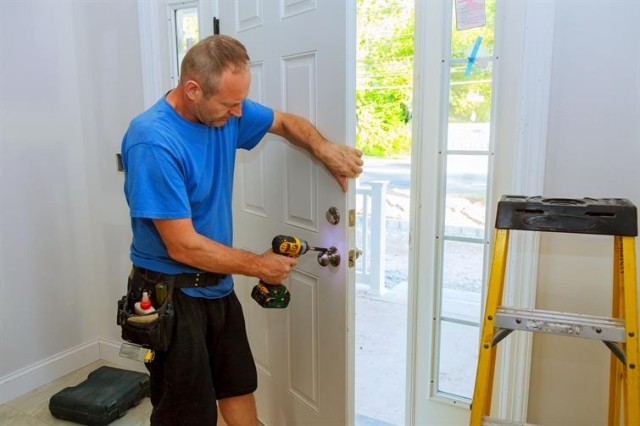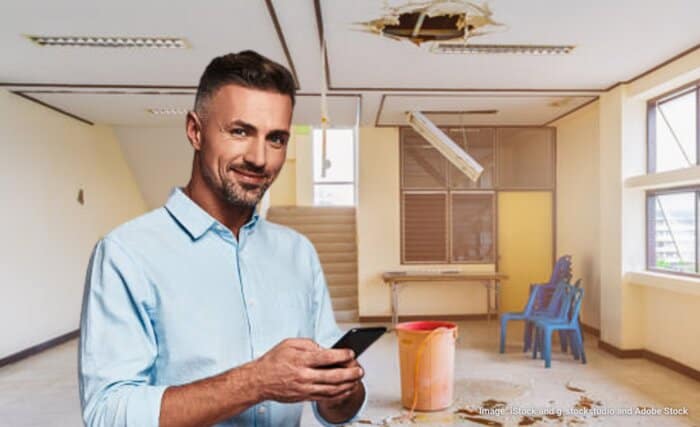Troubleshooting Plumbing Issues in Rental Properties: A Step-by-Step Guide
Troubleshooting Plumbing Issues in Rental Properties: A Step-by-Step Guide
Blog Article
They are making a few good points regarding Plumbing Maintenance and Repair in your Rental Property as a whole in this content underneath.

Managing plumbing problems in rental properties effectively is crucial for preserving lessee complete satisfaction and preserving the residential property's value. Whether you're a landlord or a property supervisor, knowing just how to deal with these common troubles can save you money and time while ensuring conformity with lawful obligations. Here's a step-by-step guide on exactly how to handle plumbing problems in rental residential or commercial properties.
Paper Every little thing
Maintain thorough documents of all reported pipes problems and the actions taken to solve them. Documentation needs to include dates, descriptions of the trouble, interaction with renters, and receipts from professionals or plumbing professionals. This information can be vital for insurance coverage cases, tax obligation deductions, and lawful security.
Use Qualified Professionals
Always make use of qualified and insured professionals for significant pipes repairs and setups. This ensures that the job is up to code and can aid stay clear of responsibility concerns in case of accidents or additional damages. It additionally comforts lessees that repairs are being managed professionally.
Develop Clear Communication
Urge renters to report any kind of pipes concerns as soon as they take place. Supply numerous communication channels such as phone, e-mail, or an occupant website to make it simple for them to reach out. Prompt responses to these records can protect against small issues from intensifying into major troubles.
Enlighten Occupants
Inform your tenants about what comprises a pipes emergency and what does not. Supply guidelines on how to take care of small issues themselves, such as making use of a bettor to unclog a toilet. Additionally, notify them about what they need to prevent putting down drains pipes to avoid clogs, such as oil, coffee grounds, and non-biodegradable items.
Normal Maintenance
Implement a regular maintenance schedule for all pipes systems in your leasing buildings. Routine checks can help recognize and deal with concerns like leaks, slow drains pipes, or corroded pipelines before they end up being serious. Take into consideration employing a specialist plumbing technician to examine the properties each year or semi-annually.
Quick Action to Emergencies
Have a plan in position for responding to pipes emergencies. This must include having the call information of trustworthy plumbing services that supply 24/7 emergency fixings. Quick action is important to minimize damage in scenarios like burst pipes or severe leaks.
Preventive Upgrades
Take into consideration upgrading older plumbing systems and components to more contemporary, effective versions. This can decrease the regularity and extent of plumbing problems and reduced long-term maintenance prices. It's also a selling point for possible tenants who value upgrades and modern-day features.
Occupant Move-Out Inspections
Conduct thorough plumbing checks during move-out assessments to make certain that any issues are determined and resolved prior to a new tenant moves in. This stops disagreements with brand-new tenants over pre-existing conditions and ensures the residential property remains in leading problem.
Understand Lawful Responsibilities
Know your legal obligations relating to pipes and basic residential property upkeep. The majority of territories call for proprietors to guarantee their properties are habitable and that all plumbing systems remain in good working order. Failing to resolve significant concerns immediately can bring about lawsuits from lessees.
Lessee Repayments
If a pipes problem needs immediate attention and the tenant settles the concern by themselves, have a clear plan in place for repaying costs. Ensure lessees recognize they must acquire prior approval for higher-cost fixings unless it's an outright emergency.
Final thought
Dealing with plumbing issues in rental properties calls for a positive method and good interaction with lessees. By remaining on top of maintenance, reacting immediately to emergencies, and using professional experts, landlords can maintain their residential properties in exceptional condition and keep great relationships with renters.
How to Handle Water Damage in a Rental Property
What is Water Damage?
Water damage is harm or destruction caused by water entering areas where it is not supposed to be. It can be caused by a variety of sources and can manifest in different ways. The most common examples of water damage include:
Leaking roof Plumbing leaks Appliance malfunctions Poor drainage Flooding Sewage backup Condensation Tenant negligence HVAC system issues Frozen pipes Is water damage dangerous?
Water damage itself is not inherently dangerous, but it can lead to various hazards and health risks if not promptly and properly addressed. The severity of these risks depends on the extent of the water damage, the source of the water, and how quickly it is mitigated.
Some potential dangers associated with water damage include structural damage, mold and bacterial growth, electrical hazards, water contamination, and pest infestations. In situations where mold and mildew have gone unaddressed, mold can start to develop within 24-48 hours of water exposure, and this can impose a serious health risk to tenants. In particular, mold spores and damp conditions can lead to respiratory issues and even make existing health problems worse, such as allergies, asthma, or immune disorders.
Water Damage in an Apartment - Who is Responsible?
If the water damage is caused by the tenant’s negligence, the tenant is responsible for the cost of repairs. If the water damage is caused by a defect in the property, the landlord is responsible for the cost of repairs. If the water damage is a result of natural causes, such as excessive rain, then the landlord is responsible, since the water intrusion likely occurred due to a defect in the property. Landlord Responsibility water damage in rental property
Since maintaining habitability is the landlord’s legal responsibility, landlords are responsible for any resulting structural damage caused by water damage. These structural damages may include damage to walls, roofs, ceilings, and flooring. If water damage has affected the rental property’s original structure, the landlord is responsible for repairing or replacing those materials. Therefore, landlords should have property insurance that covers the structural components of their rental property so that they can receive help with the costs of covered events.
Preventative measures can also help landlords avoid massive renovations. Preventative maintenance may include conducting regular inspections to identify and address potential water damage before it becomes a major and urgent problem.
If a landlord fails to meet their responsibilities regarding water damage, it can lead to legal disputes and potential liability. Tenants who believe their landlord is not addressing water damage issues in accordance with California law can seek legal advice or contact local housing authorities for assistance.
https://www.goodlifemgmt.com/blog/water-damage-in-a-rental-property/

We are very curious about Plumbing Maintenance Guide for Tenants and I really hope you enjoyed our article. Enjoyed our write-up? Please quickly share it. Let other people check it out. Thanks for taking the time to read it.
Report this page